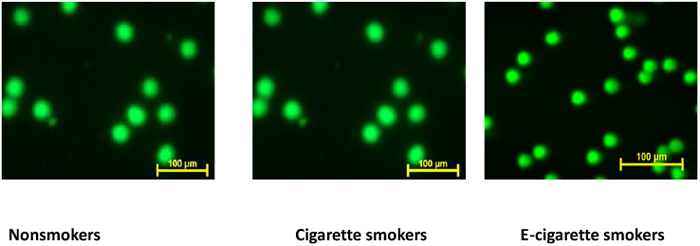The ever-increasing production, poor waste management, and persistent nature have caused plastic debris to become ubiquitous in the environment. Microplastics, usually defined as plastic particles less than 5 mm, have invaded our coasts, oceans, and seafood. Thus, there is a dire need to fully monitor and understand the global spatial distribution of microplastics in marine waters and biota, especially in commercial species. This review summarizes the microplastic abundance in the water column of both coastal and offshore areas, as well as microplastic concentrations in various biota globally. In addition, this review aims to discuss the effectiveness and limitations of various biota as bioindicators of microplastic pollution in marine environments. Coastal waters of South America, Asia, and Africa were reported to have very high abundances of microplastics, with abundances of 782,000, 19,000, and 1,200 particles/m3, respectively, possibly due to excessive input and mismanagement of plastic waste. Microplastic abundances in open oceans were significantly lower (up to three orders of magnitude) than those in coastal areas, apart from some convergence zones such as gyres. Microplastics were also detected in remote pristine areas, such as the Arctic and Antarctica, demonstrating the omnipresence and ability of microplastics to be transported long distances via atmospheric and oceanographical forces. Due to the lack of standardization, quantifiable particle size and sampling methodology were shown to greatly affect the results of microplastic abundance, making them important variables to note when comparing multiple studies. Most marine biota species were able to reflect local microplastic pollution levels to a certain extent. Filter feeders are popular bioindicator species, but their ingestion is limited to particles smaller than 1,500 μm. Although selective feeders have the capacity to ingest a larger size range of plastic particles (up to 5,000 μm or larger), their wide range of movements, ability to reject microplastics, and highly varied behaviors make them less reliable as bioindicators than filter feeders. Nonetheless, a greater variety of marine species should be monitored to ensure population health and food safety.

View full abstract






